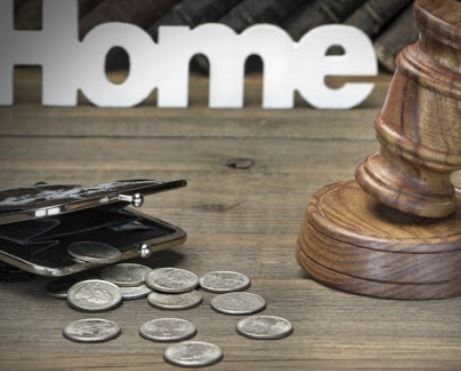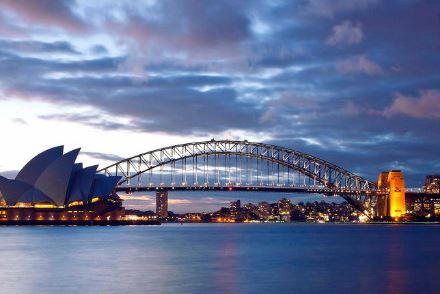
As we all know, the property tax in Australia is different in each province. Among them, Victoria, where Melbourne is located, is the most expensive 5%; if foreigners buy again, they need to increase the stamp duty by 4%. When buying a house in Melbourne, foreign buyers need to pay a lot of taxes, including land tax and stamp tax.
- Land tax collection rate
In Australia, apart from the Northern Territory, properties in other areas are subject to land tax, and Melbourne is of course no exception. However, the land tax can be reduced or exempted in some areas, but it depends on the use of the land. For example, land for non-profit social groups, land for charities, and land for religious institutions are free.
The land tax collection standards are generally based on the results of the previous year ’s land assessment, but not all properties in Melbourne are subject to land tax. In Australia, there is also a land tax collection threshold. For example, if the land tax threshold in Melbourne is 400,000 Australian dollars, it means that if the total value of the property is less than 400,000 Australian dollars, there is no tax; if it is higher than 400,000 Australian dollars, the calculation standard is multiplied by the higher part. The result of the land tax amount is the land tax fee to be paid. Moreover, no matter how many properties a person owns, the threshold of land tax is unchanged.
- Stamp duty collection rate
According to the new Australian policy, foreigners need to levy an additional 4% stamp tax on buying a house in Australia, and the previous stamp tax collection rate is: if it is less than 20,000 Australian dollars, a 1.4% tax rate will be levied; 20,000-115,000 Australian dollars will be charged 280+ The portion exceeding 20,000 * 2.4%; 115,000 to 870,000 Australian dollars need to be taxed at 2560+ the portion exceeding 115,000 * 6%; finally, if the total value of the property exceeds 870,000 Australian dollars, 5.5% stamp duty will be imposed.
In addition, if you live in Australia for more than 6 months in a year, you must also pay income tax. Take a single-family villa in Melbourne ’s west as an example, with a construction area of 206 square meters and a total house price of 450,000 Australian dollars (RMB 2.25 million). According to Victoria’s stamp duty payment regulations, during the period of AUD 13-96 million, the stamp duty is (total house price-130,000) * 6% + AUD 2870, and its purchase tax is as follows: 1000 (lawyer fee) + (450000- 130000) * 6% + 2870 (stamp tax) + 350 (house inspection fee) + 5000 (application fee) + 450,000 * 3% (additional stamp tax) = AUD 41920 (approximately RMB 209,000) The cost is AUD 3,600, or RMB 18,000, which accounts for 0.8% of the total house payment. Purchase period taxes and fees account for 9.3% of the total house payment (note: this is because Victoria’s extra stamp duty leads to higher data, other states will be lower than this data), if you add 20% of the loan down payment, the budget space is the total house price 27% -30%.

In addition to the above, buyers need to clarify several concepts:
Land tax
As the name implies, land tax is a tax levied on landowners and is collected annually. Generally speaking, if the property is self-occupied or agricultural land, exemption can be obtained.
The basic land tax rate is applied in tiers according to the value of the land. The land value is generally evaluated by the local land tax bureau and provides the final land value. Some states (such as Victoria) are based on December 31 each year. In some states (such as South Australia), the time point is June 30 each year (of course, the land owner can question the assessment of the local tax bureau, and appeal whether the value of the land is too high through the corresponding process). Each state has set a corresponding threshold value for land tax. Below the threshold, tax is exempted, and above the threshold, land tax is calculated in a gradual manner according to the requirements of each state. The threshold in the above table is based on the criterion that the individual is the land owner. If the land owner is a trust, the threshold will be different.
Land surtax, also known as additional land tax for absent owners or surcharge for overseas people. This surcharge is mainly aimed at overseas people who have not lived in Australia for six months, they may be regarded as absent owners and be required to pay additional land taxes in accordance with the regulations. The overseas persons mentioned here are not limited to individuals, but also include entities such as companies or trusts controlled by overseas persons. In addition, there are strict regulations on the implementation of the local tax bureau. You need to actively inform your local tax bureau of your situation in accordance with the regulations. If you are found by the local tax bureau without notice, you will be able to face high fines.
Land tax is a continuous cost for investors every year. And the local state government will adjust the tax rate according to the local and national economic performance and other factors. Especially in investing in real estate portfolio, how to use a reasonable tax structure to reduce this cost is particularly important.
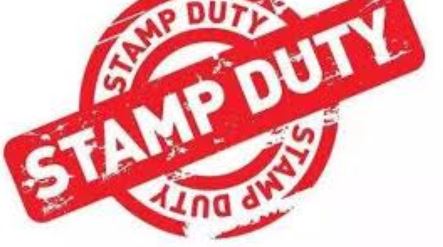
Vacant residential land tax
Starting from January 1, 2018, in order to reduce the shortage of rental housing in Victoria, the Victorian State Government has specifically drawn out some areas and requested that if the houses in these areas have six months or more in a year If they are idle and no one lives, the government will levy a 1% vacancy tax. This tax is a tax unique to the Victorian State Government. Land owners need to take the initiative to submit tax returns to the local tax bureau. If they do not take the initiative, they will also face high fines.
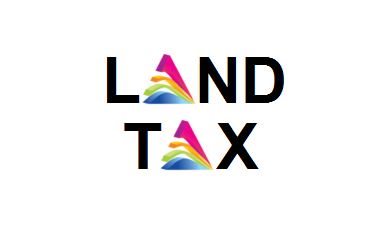
FIRB application fee
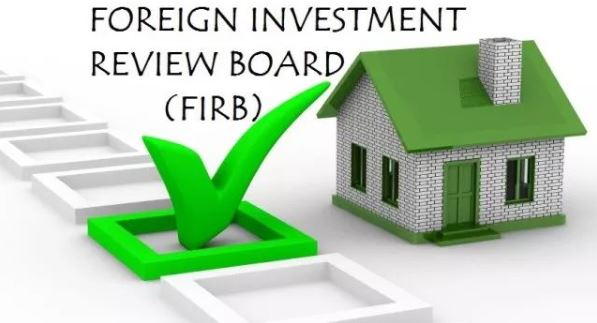
Who needs to apply for FIRB?
- Foreign investors 2. Private foreign investors-corporate acquisitions 3. Private foreign investors-real estate
FIRB, the full name of Foreign Investment Review Board, is the Foreign Investment Approval Committee. FIRB is responsible for evaluating all potential overseas investments in Australia, including Australian residential properties purchased by foreigners. For the FIRB application process, you only need to fill in the foreign investment application form on the Australian Taxation Office (ATO) website (make sure to provide correct and necessary information when applying), then pay the application fee, and then wait for the notification of approval
How to calculate FIRB application fee?
At present, all overseas investors who purchase properties of A $ 1 million and below must pay an overseas investment application fee of A $ 5600;
For A $ 1 million to A $ 2 million, A $ 11,300 is paid; For A $ 2 million to A $ 3 million, A $ 22,700 is paid; For properties above 3 million, for every 1 million increase in house prices, the application fee will increase by about $ 11,300.
